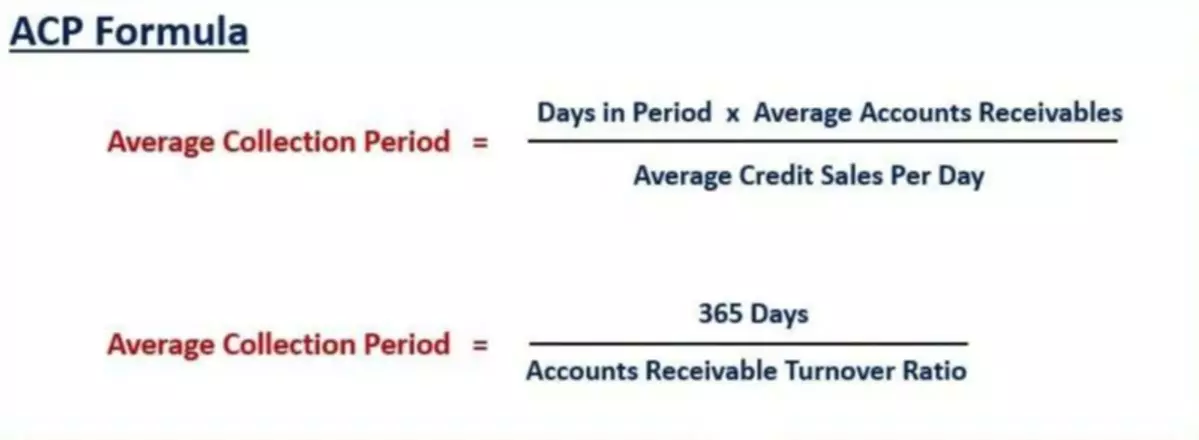Thinking About Financial Leverage Boundless Finance
Content

However, an excessive amount of financial leverage increases the risk of failure, since it becomes more difficult to repay debt. The debt-to-capital ratio is a measurement of a company’s financial leverage. It is one of the more meaningful debt ratios because it focuses on the relationship of debt liabilities as a component of a company’s total capital base. A company was formed with a $5 million investment from investors, where the equity in the company is $5 million, which is the money the company can use to operate.
There is usually a natural limitation on the amount of financial leverage, since lenders are less likely to forward additional funds to a borrower that has already borrowed a large amount of debt. Another variation of the debt-to-EBITDA ratio is the debt-to-EBITDAX ratio, which is similar, except EBITDAX is EBITDA before exploration costs for successful efforts companies. This ratio is commonly used in the United States to normalize different accounting treatments for exploration expenses (the full cost method versus the successful efforts method). Finally, the consumer leverage ratio refers to the level of consumer debt compared to disposable income and is used in economic analysis and by policymakers. Investors must be aware of their financial position and the risks they inherit when entering into a leveraged position. This may require additional attention to one’s portfolio and contribution of additional capital should their trading account not have a sufficient amount of equity per their broker’s requirement.
What is Financial Leverage? How Does it Affect a Business?
Baker Company uses $100,000 of its own cash and a loan of $900,000 to buy a similar factory, which also generates a $150,000 annual profit. Baker is using financial leverage to generate a profit of $150,000 on a cash investment of $100,000, which is a 150% return on its investment. The unusually large swings in profits caused by a large amount of leverage increase the volatility of a company’s stock price. Times interest earned (TIE), also known as a fixed-charge coverage ratio, is a variation of the interest coverage ratio.
Adam Hayes, Ph.D., CFA, is a financial writer with 15+ years Wall Street experience as a derivatives trader. Besides his extensive derivative trading expertise, Adam is an expert in economics and behavioral finance. Adam received his master’s in economics from The New School for Social financial leverage formula Research and his Ph.D. from the University of Wisconsin-Madison in sociology. He is a CFA charterholder as well as holding FINRA Series 7, 55 & 63 licenses. He currently researches and teaches economic sociology and the social studies of finance at the Hebrew University in Jerusalem.
Leverage and Capital Costs
For that reason, it’s important to have a clearly defined action plan for when you’ll ditch that leverage. It should be used when it makes sense and abandoned when it doesn’t. Mary Girsch-Bock is the expert on accounting software and payroll software for The Ascent. Unfortunately, the building quickly loses value, and you are forced to sell it for only $410,000, saddling you with a loss of $190,000.

The average tax applicable to the company is 30% and corporate dividend tax is 20%. Kenneth W. Boyd has 30 years of experience in accounting and financial services. He is a four-time Dummies book author, a blogger, and a video host on accounting and finance topics. This negatively affects profit, as the interest reduces the profit margin.
The Debt-To-EBITDAX Ratio
While a business with high financial leverage may be considered risky, using financial leverage also offers benefits, such as a higher return on investment (ROI). FInancial leverage can also appeal to stockholders who may see an increase in their initial investment as well. We’ve all heard the saying, “You’ve got to spend money to make money.” In finance, leverage is when you borrow money to make an investment that will hopefully lead to greater returns. Financial leverage leans into the idea that borrowing cash to cover a new investment has the potential to pay off in the long run. While the Debt to Equity Ratio is the most commonly used leverage ratio, the above three ratios are also used frequently in corporate finance to measure a company’s leverage. Usually, the ratio exceeds the US average debt to equity ratio of 54.62%.
